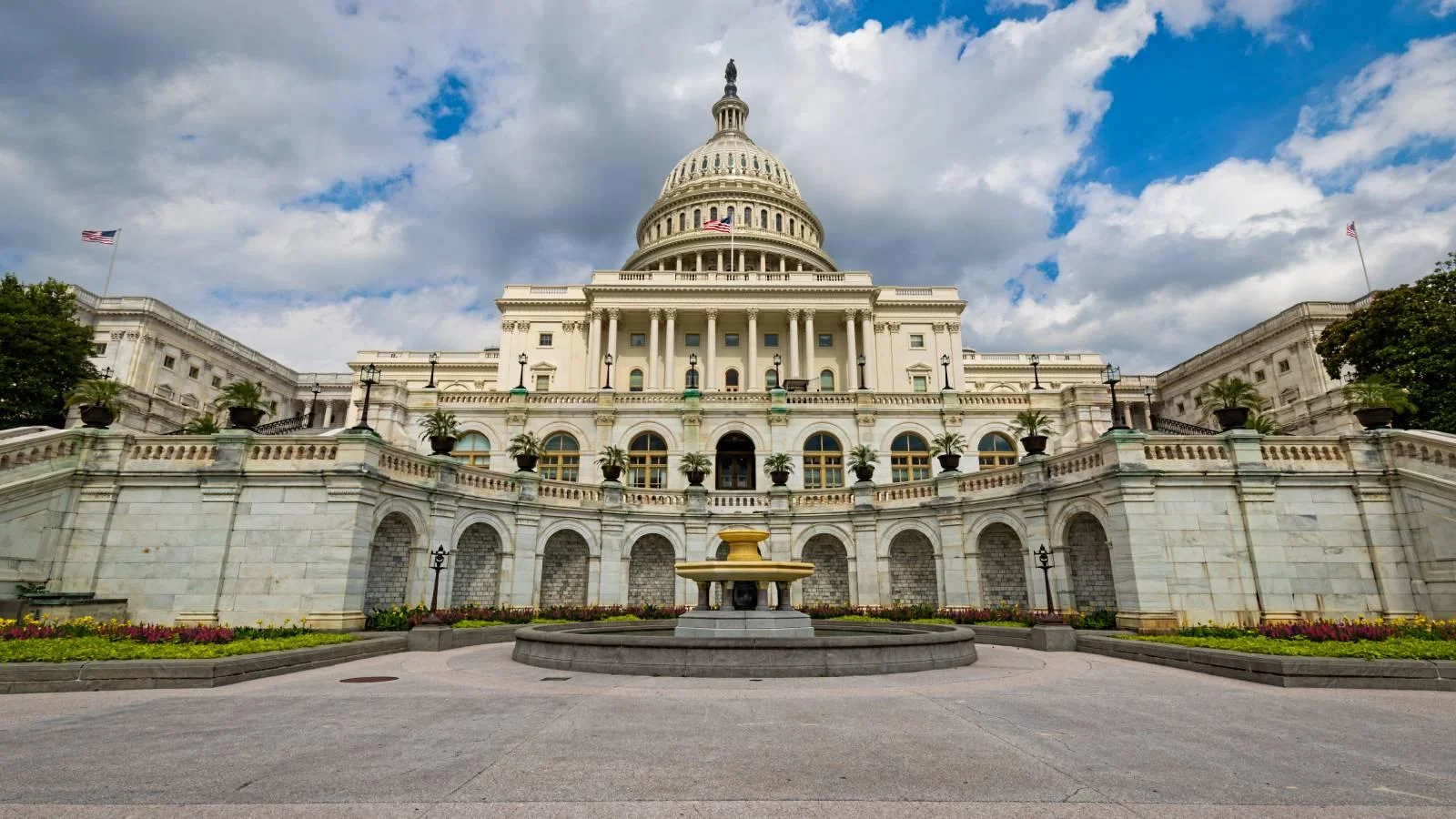Over the last few years, all of the outdoor historic features at Fort Vancouver National Historic Site's McLoughlin House Unit have received treatment by a professional conservator. These outdoor features include a cannon, multiple mounted bronze plaques, the gravestones of Marguerite and Dr. John McLoughlin, and this historic fountain.
The fountain was gifted to the local community in 1911 by the Oregon City Woman's Club as a memorial to Dr. John Mcloughlin. McLoughlin was the Chief Factor of Fort Vanocuver, and aided many American immigrants arriving over the Oregon Trail before retiring to Oregon City, Oregon. The Oregon City Woman's Club assisted the McLoughlin Memorial Association and other grassroots organizations in saving the McLoughlin home from demolition in 1909.
The fountain consists of four parts: a concrete-lined pool, a concrete base, a cast iron pedestal decorated with standing birds, and a water basin, which was once topped by the figure of a child with a parasol (missing since the 1940s). Fountains like this one could be ordered in parts from foundries or catalogs. Buyers could select mass-produced pieces to create a combination they liked.
Upon close examination of the fountain casting and finishing, conservators realized that the fountain purchased by the Oregon City Woman's Club was not the highest quality available at the time. The original quality of the fountain resulted in some structural flaws over time, but nonetheless the fountain became a landmark of the Oregon City park in which the McLoughlin House is located. Its presence shows us how early 20th century women's groups worked to create community spaces in remembrance of historical events and people.
Getting Started
Over a century of constant use resulted in corrosion, structural instability, cracking, misalignments, and biological growth. Past efforts had been made to restore the fountain. In 1978, a restoration effort was made that unfortunately may have resulted in damage to the standing birds surrounding the fountain's pedestal. In 1994, the fountain was sandblasted and painted teal green and given a new recirculating pump system.
When conservation work began on the fountain in 2019, the fountain was more than ready to receive treatment to keep it preserved into the future. This project to restore the historic McLoughlin Hosue fountain was initiated by and funded through the National Park Service. Conservator Claire Dean of Dean and Associates Conservation Services oversaw the research and treatment of the fountain, while Jim Schmidt, an artist and metal fabricator for Art & Design Works, LLC, carried out the deinstallation and metal restoration.
Conserving History
After historic research on the fountain was complete, the fountain was deinstalled and removed from its Oregon City park in September 2020. The fountain and base were sandblasted to remove the teal paint and corrosion. The pieces of the fountain were coated with an acrylic primer. This coating will protect the cleaned fountain from corrosion.
Rather than welding the fountain to its base, as had been done in the past, new stainless steel bolts were installed to the base feet to prepare for its reattachment to the fountain base. New steel plates were bolted into interior of the fountain pedestal to increase its structural strength and bring broken pieces together. A stainless steel central water pipe was made and secured inside the fountain.
Finally, the fountain was painted with two coats of water based catalyzed eopxy paint. Examination of historic photos and other similar fountains from the time period revealed that the fountain was probably originally two-toned, with a light green and off-white color scheme.
The Fountain Today
The conserved fountain pieces were delivered to Fort Vancouver National Historic Site in late 2020. As the COVID-19 pandemic took place, the fountain remained safely in storage at the national historic site. Finally, in the summer of 2023 the fountain was reinstalled and celebrated in a special ceremony hosted by the National Park Service and the McLoughlin Memorial Association.
Conservation work aims to extend the life of historic objects so that future generations can appreciate and gain insight into the past. Today, the fountain serves as a reminder of the significance of the McLoughlin family to the history of the Northwest and to the more local story of Oregon City, Oregon. The women who worked to bring this fountain to their town in honor of its most famous resident are remembered in this peaceful, shady park near the McLoughlin House.
Source: U.S. Department of the Interior, National Park Service


